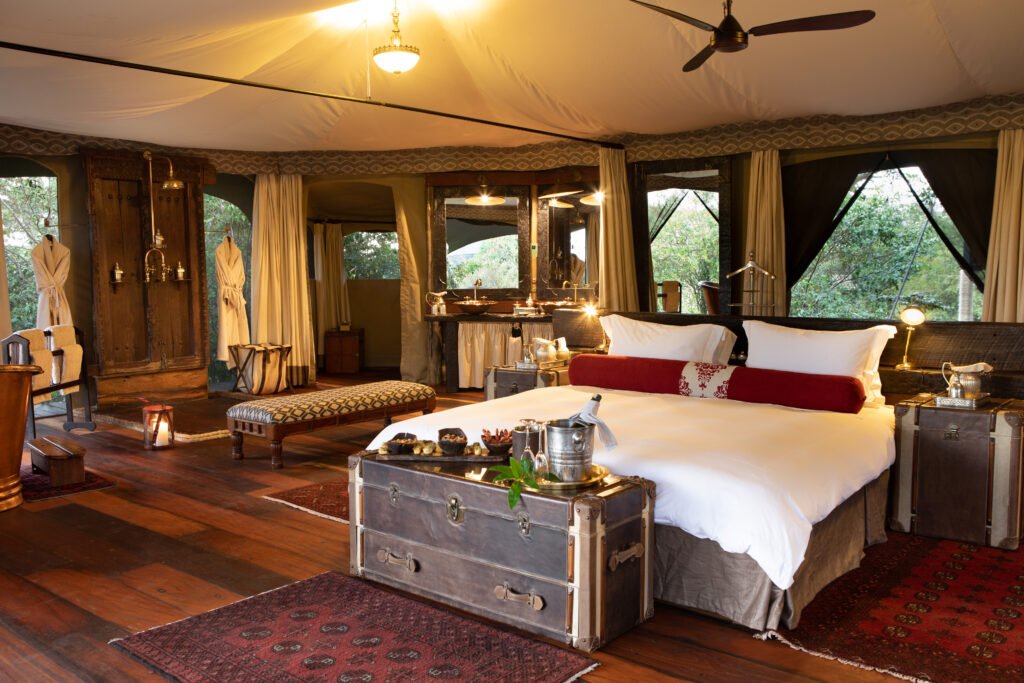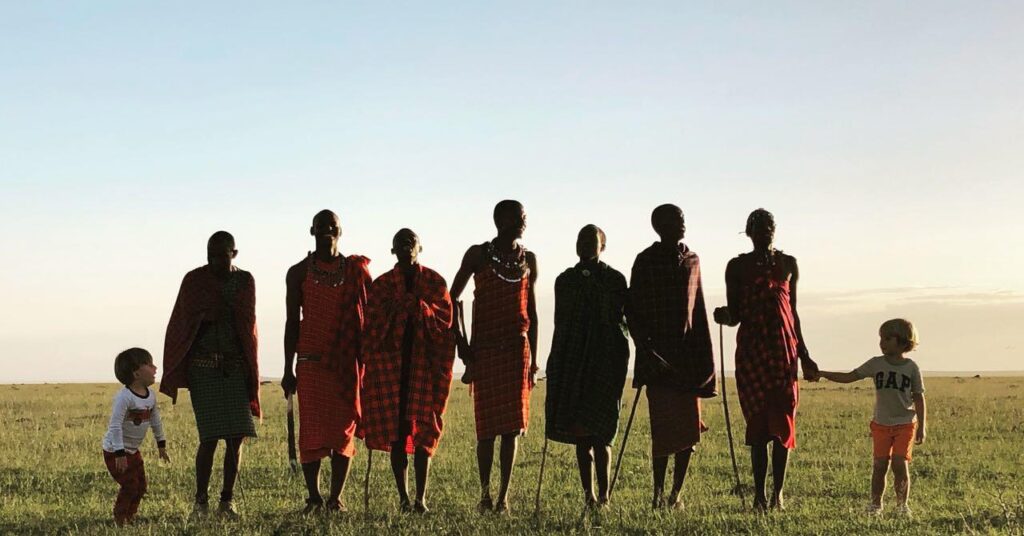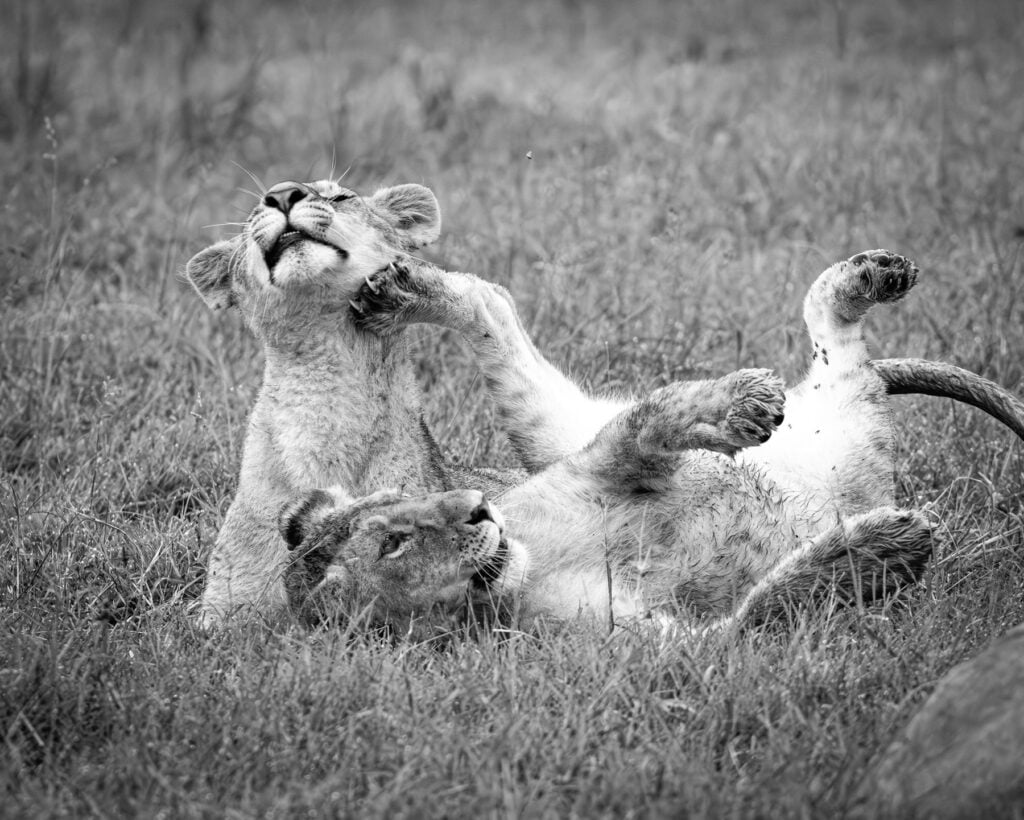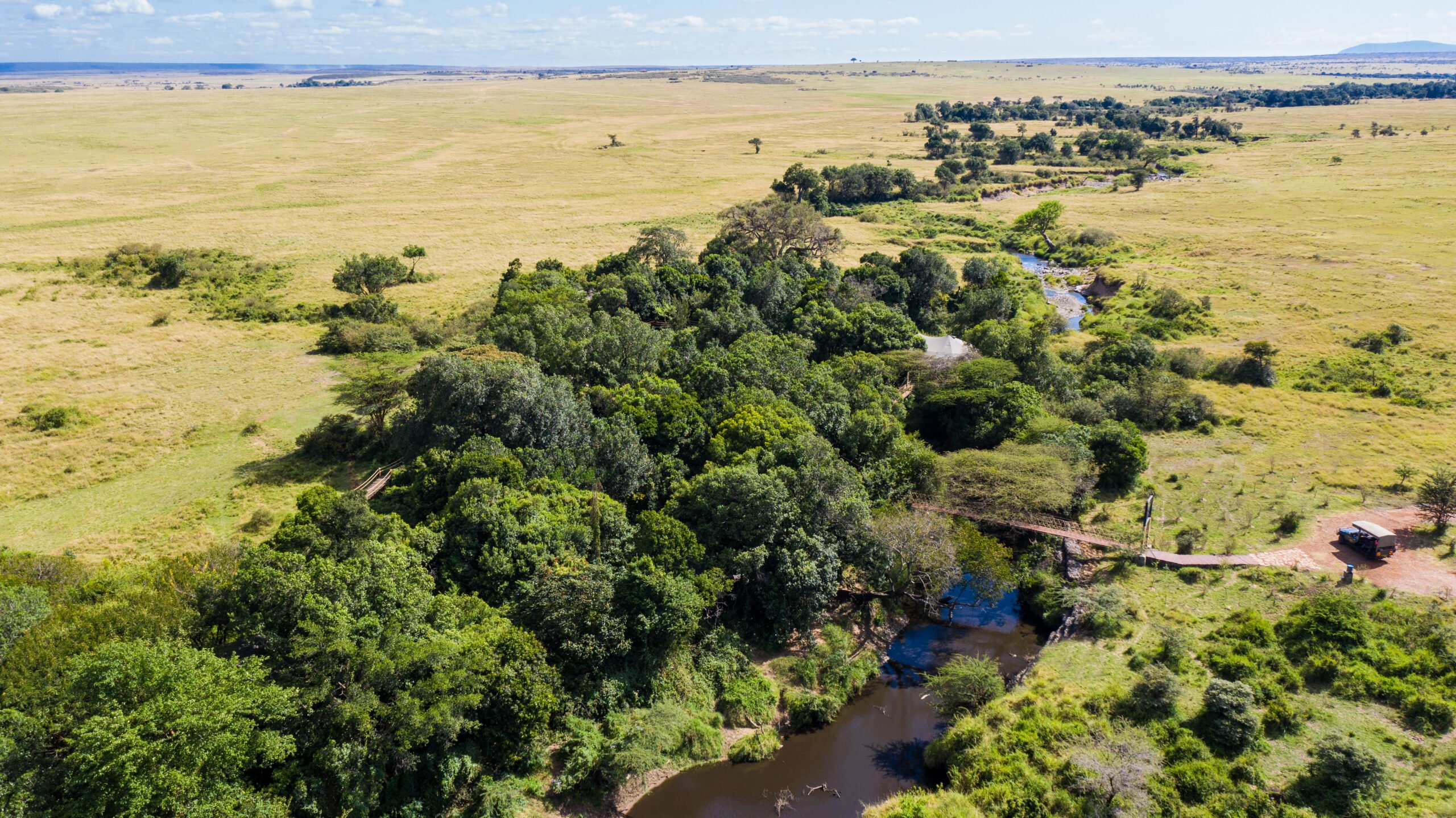When most people think of the Masai Mara in Kenya, they picture the vast open plains of the Masai Mara National Reserve. This is the quintessential East African view, teeming with wildlife and famous for the Great Migration. However, many may also be concerned about the number of other vehicles they might encounter whilst out on safari. Just beyond the borders of the reserve lie the Mara Conservancies—hidden gems that offer a more intimate, exclusive, and sustainable safari experience. These conservancies are not only crucial for wildlife conservation but also play a vital role in supporting local communities.
The Concept Behind Masai Mara Conservancies
The Masai Mara Conservancies are private lands owned by Masai communities who have come together to lease their land to conservation organizations and safari operators. In return, they receive lease payments, employment opportunities, and community development projects. This model not only provides a sustainable income for the Masai people but also helps to protect the land from overgrazing, poaching, and unsustainable farming practices as well as providing a vastly extended protected area for wildlife to move freely through.

Fewer Visitors, More Wildlife
One of the most appealing aspects of the Masai Mara Conservancies is the low visitor density. Unlike the sometimes crowded national reserve, the conservancies are strictly only accessible to those staying in a camp set within one of them. This greatly limits the number of vehicles and visitors allowed, ensuring a more personal and exclusive safari experience. You can spend more time observing wildlife without the distractions of other vehicles, and your presence has a lower impact on the environment.
Rich Wildlife Experiences in the Masai Mara Conservancies
The Mara Conservancies are home to a diverse range of wildlife, including the Big Five—lion, leopard, elephant, buffalo, and rhino. The conservancies’ location, bordering the Masai Mara National Reserve, allows animals to move freely between the reserve and the conservancies, offering excellent game viewing opportunities. Predators like lions and cheetahs are particularly well-protected in these areas, and you’ll also have the chance to see large herds of elephants, giraffes, and zebras, and much more besides.

Exclusive Camps and Lodges
The camps and lodges in the Mara Conservancies are small, intimate, and focused on providing a personalised experience. The guiding is of an excellent standard and the camps range from luxury tented camps to eco-lodges, each offering unique touches that enhance your stay. Many of these properties are unfenced, allowing wildlife to roam freely through the camp, adding an extra layer of excitement to your stay.
For instance, camps like Kicheche Valley, Mara Plains, and Offbeat Ndoto Camp offer luxurious tents with stunning views, gourmet dining, and exceptional guiding. Staying here means you can enjoy the wilderness in comfort while knowing your visit is contributing to conservation and community well-being.

Benefits to the Community
The Mara Conservancies have a significant positive impact on local Masai communities. For every guest staying in one of the camps on the conservancies, 25% of the income goes to the protection and maintenance of 250,000 acres of conservancies. The income generated from lease payments – 1,580 Masai families directly benefit from these land leases – helps fund education, healthcare, and infrastructure projects, directly benefiting the people who have lived in harmony with this land for centuries. Camps and lodges on the conservancies are almost exclusively staffed by members of these communities, providing additional income and career development for the people who call this land their home.

How the Mara Conservancies Work
The success of the Mara Conservancies relies on a delicate balance between wildlife conservation, tourism, and community development. The land is leased from the Masai, who limit human activities in exchange for financial compensation. This approach reduces human-wildlife conflict and ensures that the land remains a safe haven for wildlife.
Tourism is carefully managed to maintain low visitor numbers, which not only enhances the safari experience but also minimizes environmental impact. The revenue generated from tourism is then reinvested into the conservancies, ensuring that both wildlife and local communities continue to thrive.

A Sustainable Future
The Mara Conservancies are a shining example of how conservation, community, and tourism can work together to create a sustainable future for both people and wildlife. By choosing to visit the conservancies, you are directly contributing to the preservation of one of Africa’s most iconic landscapes and supporting the Maasai people who call it home.
Whether you’re a seasoned safari-goer or a first-time visitor, the Mara Conservancies offer a unique and enriching experience that goes beyond the usual wildlife viewing. Here, you can connect with nature on a deeper level, knowing that your visit is making a real difference. So if you have been concerned about visiting the Greater Mara area, visit a conservancy where you will have excellent wildlife viewing with few other vehicles around.
Please do get in touch to discuss a holiday Kenya, or for any other plans for a holiday to Africa or the Indian Ocean. Lucinda will be delighted to help.
